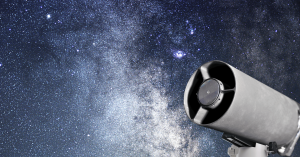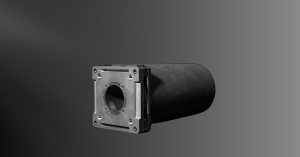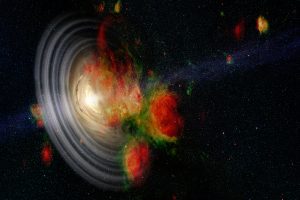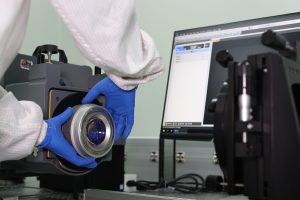Key Takeaways:
- Gravitational wave detection, a groundbreaking astrophysical advancement, relies on precision optical systems in space-based telescopes to detect tiny distortions in spacetime.
- Extreme optical precision is essential for this task. Using laser interferometry, these systems detect spacetime distortions caused by gravitational waves.
- Key components include Nd:YAG lasers, beamsplitters, reflectors, and detectors. Challenges involve maintaining thermal stability, alignment, and stray light suppression.
- Material selection and coatings play a critical role in maintaining stability and performance in space environments.
- Manufacturing techniques such as ion beam polishing and multilayer coatings are vital for ensuring optical system reliability.
- Industries benefiting from these advancements include aerospace, defense, metrology, and telecommunications.
- The LISA mission exemplifies the cutting-edge optical engineering required for gravitational wave detection.
- These systems enable the observation of low-frequency waves, revealing phenomena like black hole mergers and early universe signals, advancing gravitational wave astronomy and cosmology.
Optical Systems in Space Gravitational Wave Telescopes
Gravitational wave detection represents one of the most groundbreaking advancements in modern astrophysics, offering a new way to observe the universe and driving the development of highly sophisticated technologies. At the heart of this innovation lies the optical system of space gravitational wave telescopes, which is integral to achieving the extraordinary precision and stability required for successful measurements. These systems utilize laser beams in a laser interferometer gravitational wave observatory, enabling high-precision interferometry to detect gravitational waves caused by the passing of these elusive ripples through space-time.
Unlike traditional radio telescopes that capture radio waves, these interferometric detectors create stable light paths across vast inter-satellite distances. Such capabilities make them indispensable in gravitational wave astronomy, unraveling the universe’s most enigmatic phenomena. Space-based gravitational wave telescopes, such as the Laser Interferometer Space Antenna (LISA), are designed to detect low-frequency gravitational waves that are undetectable from Earth. This article explores their purpose, components, configuration, design challenges, applications, relevant industries, and manufacturing techniques faced in this cutting edge field.
Purpose of the Optical System
- Interferometric Detection
The optical system’s primary purpose is to detect minute spacetime distortions caused by gravitational waves. This is accomplished by measuring phase differences in laser beams, which indicate changes in distance or spacetime curvature.
- Precision Requirements
These systems must deliver extraordinary sensitivity, capable of detecting changes at the picometer or even femtometer level over distances spanning millions of kilometers. Gravitational wave telescopes require extreme precision, detecting changes in distance smaller than an atomic diameter. The optical components must exhibit exceptional surface accuracy and minimal aberrations while maintaining long-term stability in space.
Key Components for Space gravitational wave telescope
- Laser Source: A highly stable and coherent laser, often a Nd:YAG laser operating at 1064 nm, is used to minimize phase noise, ensuring reliable measurements.
- Beamsplitter: This component divides the laser beam into separate paths, enabling the creation of interference patterns critical for detecting gravitational waves.
- Reflectors: Corner cube reflectors or drag-free test masses serve as end mirrors. These components are designed to be minimally affected by external forces, ensuring accurate measurements.
- Telescopes: High-precision collimation and focusing systems direct the laser beams across vast inter-satellite distances, ensuring beam stability and alignment. Ritchey-Chrétien Telescopes are often employed in these systems.
- Detectors: Photodetectors or quadrant detectors capture interference patterns, allowing for precise measurement of phase shifts caused by gravitational waves.
- Optical Cavities: These structures enhance sensitivity by increasing the effective path length within the interferometer, thereby amplifying the detection capability.
System Configuration of Space Gravitational Wave Telescopes
- Michelson Interferometer: A common setup, such as that used in the LISA mission, where laser beams travel between spacecraft to form an interferometer.
- Long Baseline Interferometry: Space-based systems operate with baselines of millions of kilometers, providing heightened sensitivity to low-frequency gravitational waves in the millihertz range.
- Drag-Free Systems: Ultra-stable test masses in free fall are employed to isolate the optical system from external forces, ensuring precise detection of gravitational waves.
Design Challenges in Space-Based Gravitational Wave Telescope Optics
Precision and Stability: As mentioned earlier, gravitational wave telescopes require extreme precision, detecting changes smaller than an atomic diameter. The optical components must have exceptional surface accuracy and minimal aberrations while maintaining long-term stability.
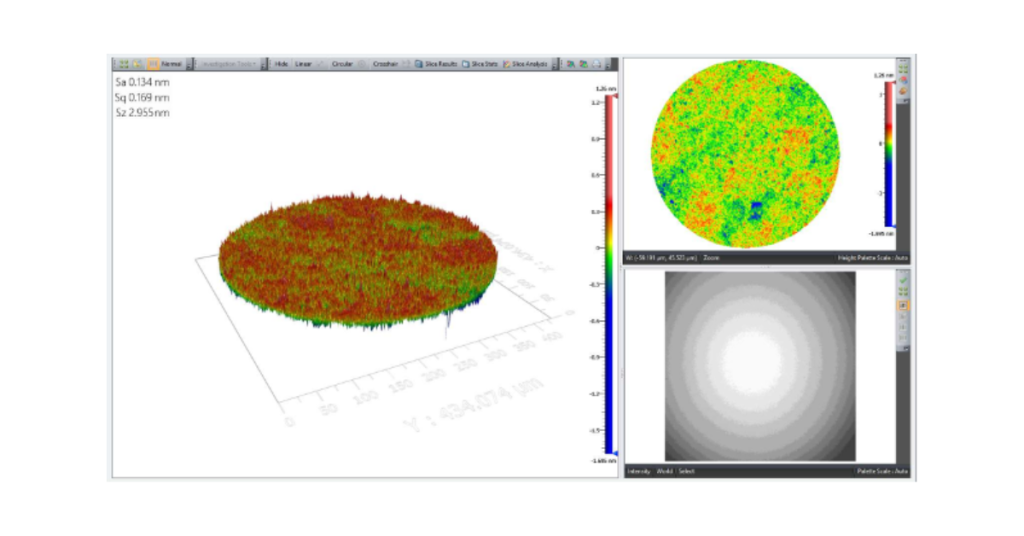
Ultra-Low Thermal Expansion Materials: Temperature fluctuations in space can cause materials to expand or contract, potentially misaligning the optical system. Materials such as ultra-low expansion (ULE) glass, fused silica, and silicon carbide are used to ensure dimensional stability.
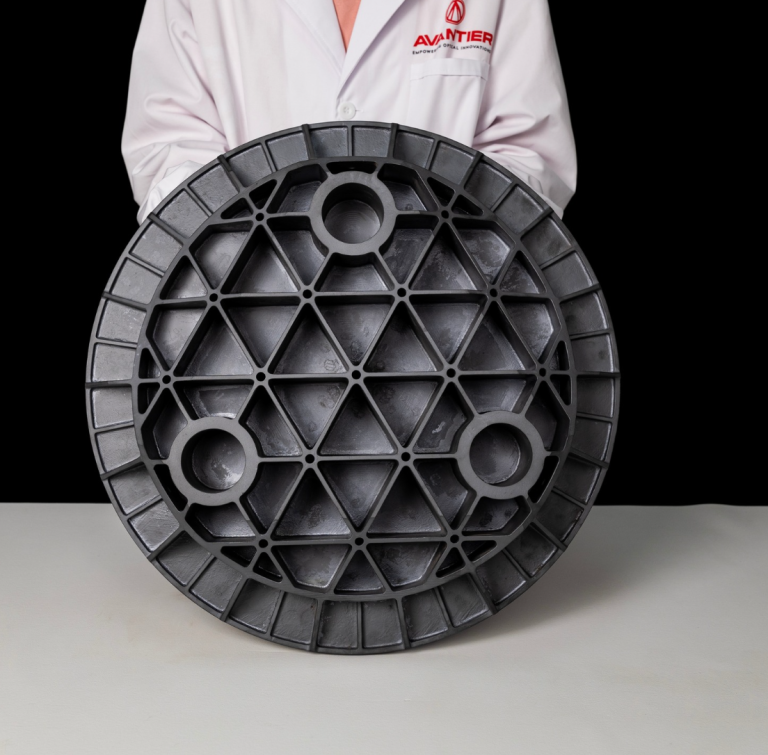
Interferometric Sensitivity: Laser interferometry requires optics with ultra-low phase noise and minimal misalignment to maintain signal integrity. Even slight deviations can compromise detection accuracy.
Contamination and Outgassing: Molecular contamination from material outgassing in space can degrade optical performance over time. Space-qualified coatings and vacuum-compatible materials are essential for maintaining optical clarity and system longevity.
Microgravity Alignment and Deployment: Space telescopes must be assembled and aligned in microgravity. Deployable optics and autonomous alignment techniques are necessary to ensure optimal functionality post-launch.
Challenges in Optical System Design
- Thermal Stability: In the harsh space environment, maintaining thermal stability is essential to prevent thermal fluctuations from distorting optical components.
- Wavefront Aberration: Optical components must minimize wavefront distortions to ensure accurate measurements over vast distances.
- Alignment Precision: Spacecraft must maintain precise alignment of their optical systems despite the challenges posed by orbital dynamics and microgravity.
- Stray Light Suppression: Effective suppression of stray light is critical to avoid contamination of the gravitational wave signal.
Applications and Industry Impact
- Astrophysical Observations: Space gravitational wave telescopes enable the detection of phenomena such as binary mergers, collisions in black holes, and neutron star interactions.
- Cosmological Studies: These systems provide insights into the early universe by capturing low-frequency gravitational wave signals inaccessible to ground-based detectors.
- Space Exploration and Navigation: Enhanced understanding of gravitational waves contributes to precise deep-space navigation and mission planning, benefiting future interstellar exploration.
- Defense and Security: High-precision optical technologies developed for these telescopes have applications in space surveillance and defense, such as detecting small objects in Earth’s orbit.
- Telecommunications and Optical Metrology: Advances in ultra-stable laser interferometry can improve precision measurement, high-accuracy timekeeping, and next-generation optical communication systems.
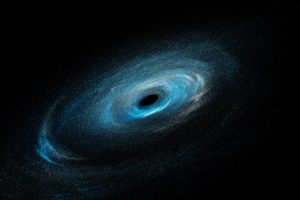
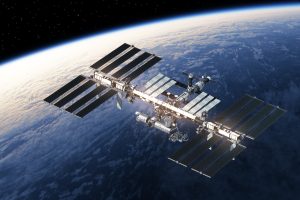
Manufacturing Techniques and Challenges
- Precision Optical Fabrication: Nanometer-level surface accuracy is essential for space optics. Advanced polishing techniques, such as ion beam figuring and magnetorheological finishing, ensure high precision.
- High-Performance Coatings: Optical coatings must be highly reflective, low-loss, and resistant to space radiation and temperature fluctuations. Multilayer dielectric coatings and protected metal coatings are commonly used.
- Ultra-Stable Structural Components: Optical structures must maintain dimensional stability under extreme conditions. Composite materials, additive manufacturing, and lightweighted optics help optimize performance.
- Space Qualification and Testing: Optical systems undergo rigorous testing, including thermal cycling, vibration analysis, and radiation exposure, to ensure reliability in space environments.
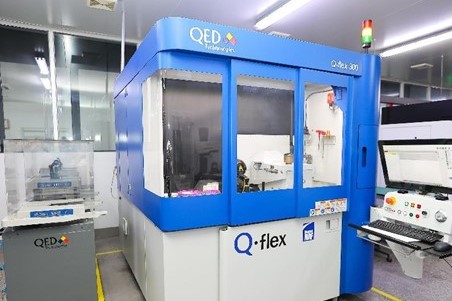
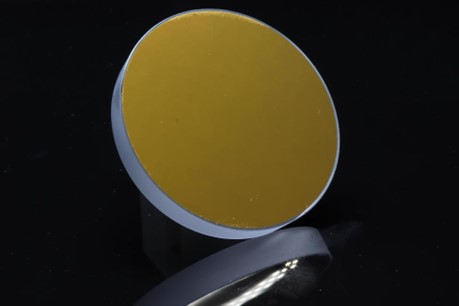
Engineering Space Gravitational Wave Telescope Optical Systems
The optical system design of space gravitational wave telescopes is a marvel of engineering, enabling the unprecedented precision required for gravitational wave detection. By overcoming challenges in sensitivity, stability, and alignment, these systems allow scientists to observe cosmic events that would otherwise remain undetectable, opening new windows into the universe’s most enigmatic processes.
Appendix 1: Advantages and Limitations
Advantages and Limitations
Advantages:
- Unprecedented Sensitivity: Space-based gravitational wave telescopes can detect extremely low-frequency waves that ground-based observatories cannot.
- Minimal Earth-Based Interference: Operating in space eliminates seismic noise, atmospheric distortions, and thermal fluctuations that affect ground-based detectors.
- Expanding Our Understanding of the Universe: These telescopes allow for the study of cosmological events that occurred billions of years ago, revealing insights into black holes, neutron stars, and cosmic inflation.
- Technological Innovation: The advancements in optical systems, coatings, and laser interferometry contribute to broader applications in aerospace, telecommunications, and defense.
Limitations:
- High Development and Launch Costs: Deploying a space-based gravitational wave observatory requires significant financial and technological investment.
- Long Development Cycles: Missions like LISA take decades to plan, design, and launch due to the complexity of precision engineering.
- Operational Challenges in Space: Maintaining and adjusting optical alignment in a microgravity environment is highly complex and requires autonomous systems.
- Limited Maintenance and Upgrades: Unlike ground-based observatories, space-based telescopes cannot be physically serviced after launch, making reliability and longevity critical concerns.
Appendix 2: LISA (Laser Interferometer Space Antenna)
The LISA mission — a joint initiative by ESA and NASA — will be the first space-based gravitational wave observatory. The LISA optical system consists of three spacecraft positioned in an equilateral triangle, each 2.5 million kilometers apart. Free-space laser interferometry is used to measure minuscule changes in distance between the spacecraft caused by passing gravitational waves.
- Key Achievements: Demonstrated feasibility with the LISA Pathfinder mission, which validated key optical and noise-reduction technologies. Developed ultra-stable lasers and optical benches to ensure measurement precision at unprecedented scales. Established techniques for mitigating space-induced disturbances, such as thermal fluctuations and radiation pressure.
- Lessons Learned: Precise drag-free control is essential for maintaining measurement stability. Advanced optical coatings significantly reduce noise and enhance reflectivity. Long-term space exposure requires rigorous durability testing of all optical components.
Appendix 3: Future Trends
Quantum-Enhanced Interferometry: Quantum squeezing techniques can reduce measurement noise, enhancing sensitivity beyond current limits.
AI-Driven Adaptive Optics: Machine learning algorithms can optimize real-time wavefront correction and improve detection accuracy.
Next-Generation Materials: Advancements in nanomaterials and metamaterials could lead to more stable and lightweight optical components. Interferometric Networks: Future missions may involve multiple gravitational wave telescopes working in unison to triangulate wave sources with higher precision.
The optical systems of space gravitational wave telescopes represent a pinnacle of precision engineering. Overcoming challenges in alignment, stability, and material selection is crucial for achieving groundbreaking discoveries in astrophysics. As technology advances, the impact of these optical systems will extend across multiple industries, shaping the future of space exploration and scientific research.
GREAT ARTICLE!
Share this article to gain insights from your connections!





